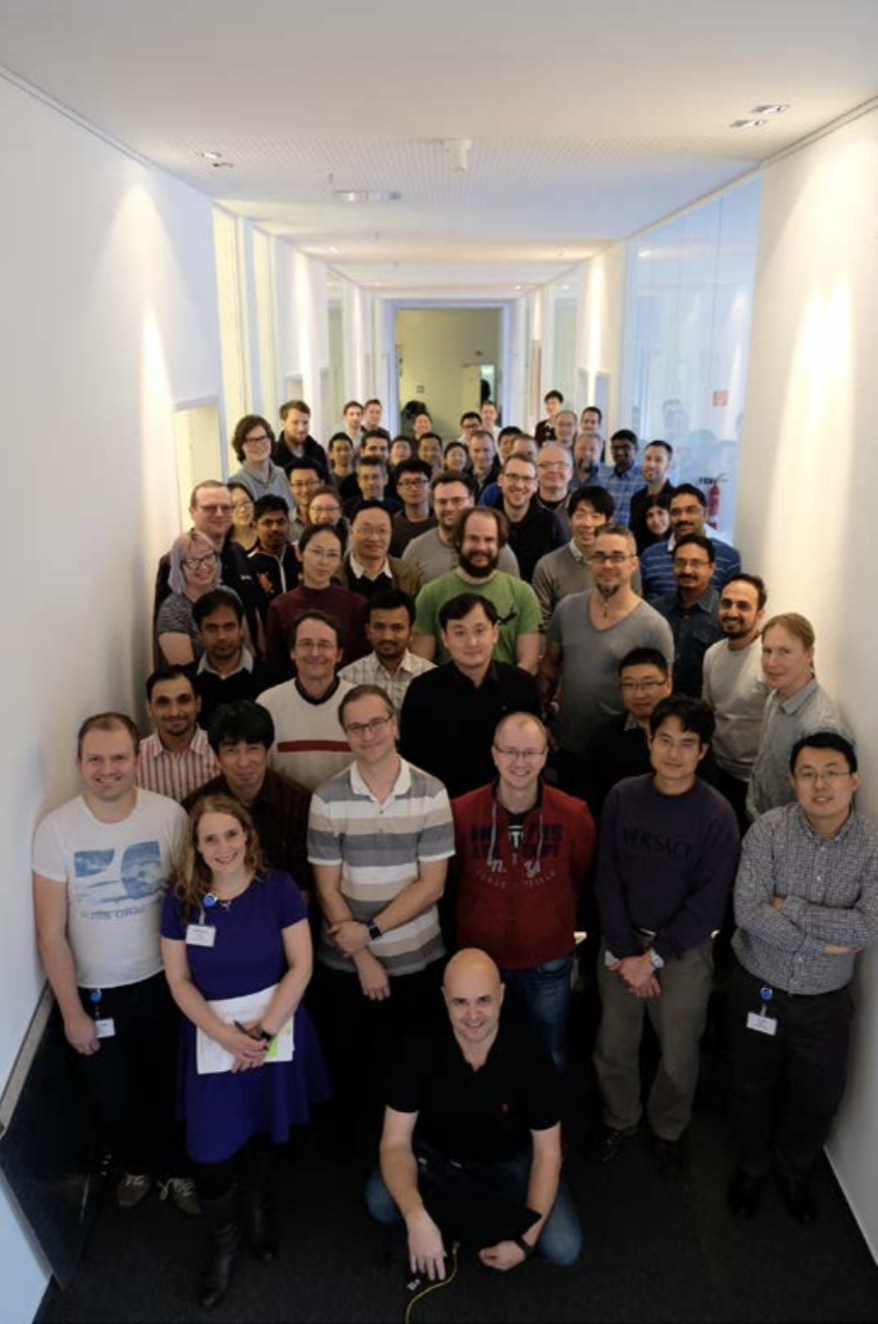
So yet another two-week EANTC interop event has come to an end, and I can finally get some sleep ;-) these things are pretty intense with typical working hours from before 9am till 8pm, then back to the hotel to do some mail.
These events work like this: EANTC defines a catalog of test cases with several different device roles in each. Vendors can then sign up for roles and combinations they are interested in trying out. Then they work with the other vendors to set things up properly for that test case. Once it works (repeatably), EANTC is called to watch the execution, and log-proof and traffic generator performance data is collected. In the NSO case, this means getting NETCONF NEDs to work for the participant devices, and to adapt service templates for each vendor to plug in to my standard IETF L2VPN and L3VPN service applications. To use the IETF service models was new for this year, and definitely a good thing to brag about later.
We integrated with 8 device types in the L3VPN use case and 2 for the L2VPN, plus one use case with a NETCONF manager sitting on top of us. I'm not allowed to name the successful test case combinations just yet, they will be announced on the MPLS world show in Paris in April. I'm also not allowed to name any of the unsuccessful test cases, ever. We have pretty strong NDAs. The NDAs make the testing atmosphere pretty open, and people are willing to try bold combinations, pushing the envelope, gaining a lot of experience.
That's really what these events are about. Being able to record a successful test case that you can brag (after April) about is certainly nice, but the real value is seeing where and how many bits and pieces are missing, in your own and other vendor's products.
There are many other kinds of tests going on here as well. Clock synchronization, EVPN, Segment Routing, PCE, ... but for the NETCONF/YANG test cases, NSO is clearly the star of the show. There is one more orchestrator participating in a couple of test cases here, but it was around my table people were flocking and persuading me to work on their particular use case, or to try one more time.
Clearly the industry is moving forward every year. The EANTC use cases are more and more advanced, and the implementations are becoming steadily more compliant. Some new entrants are of course also starting from low levels. ConfD based implementations are certainly in a league of their own, and have a lot less issues than others. Even with ConfD, however, many devices deviate from the ideal transactional behavior in certain places because of backend integration choices. Last year there was quite a bit of work with OpenConfig models. Didn't see any of that this year.
Working together intensely like this for a week or two makes many good friends, and a number of companies say they want to join the NSO Interop Lab to come out better the next time. EANTC themselves are looking for potential interest in official certification of NETCONF/YANG implementations. If you have customers interested in buying certified equipment, let's set them up to meet EANTC for a discussion.
